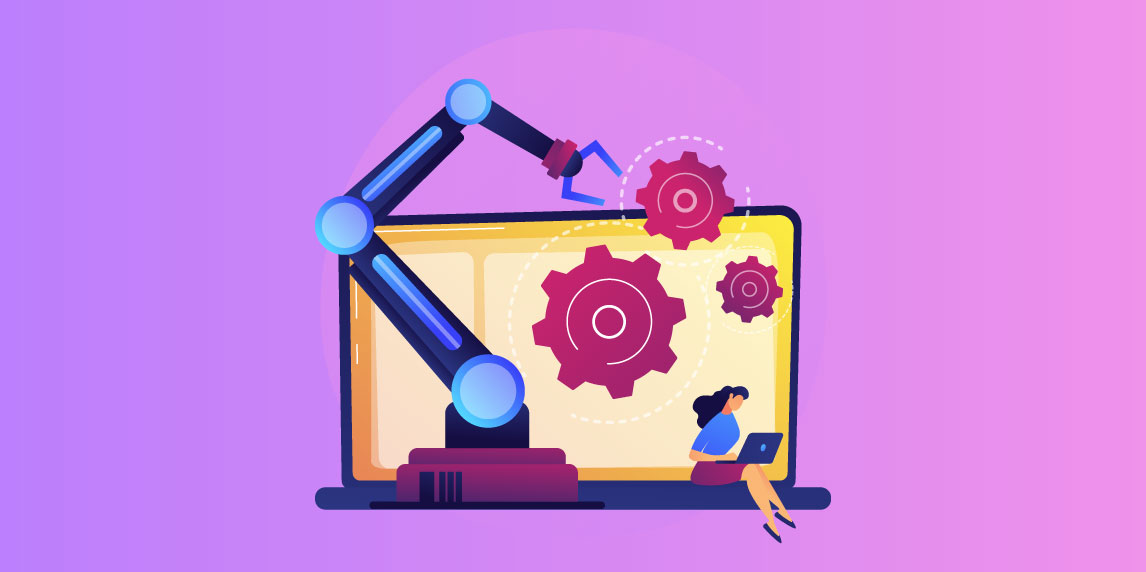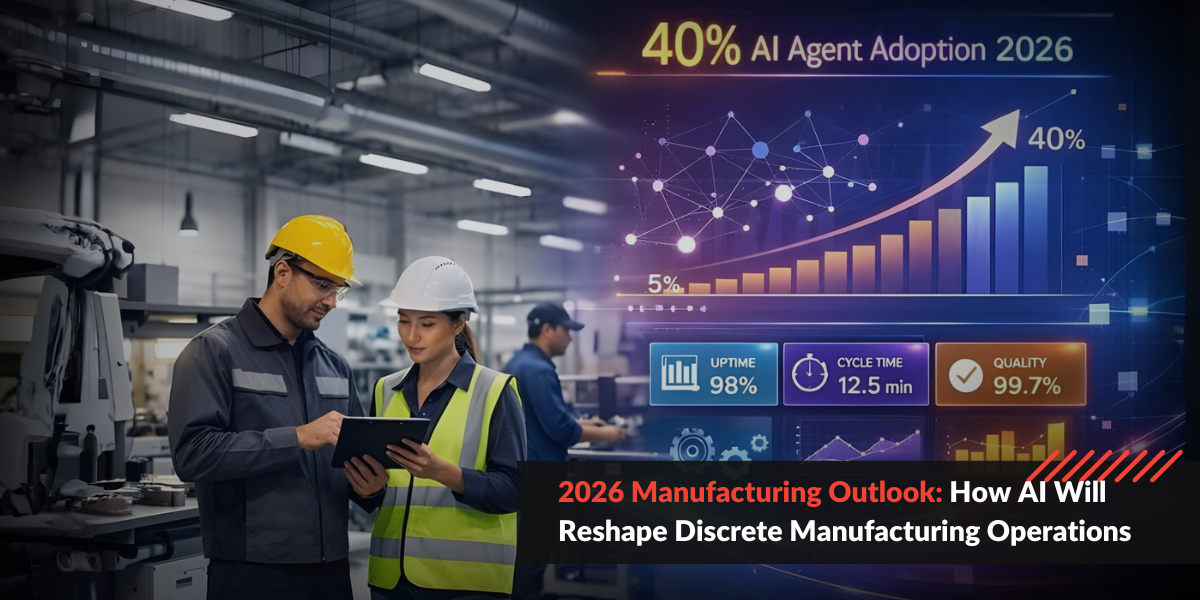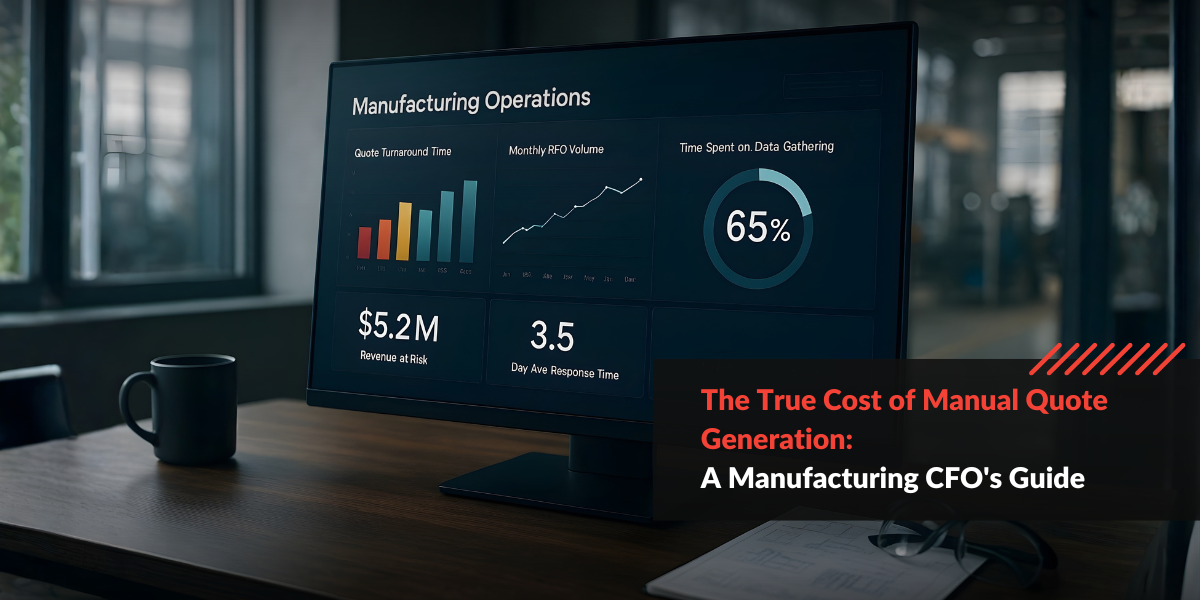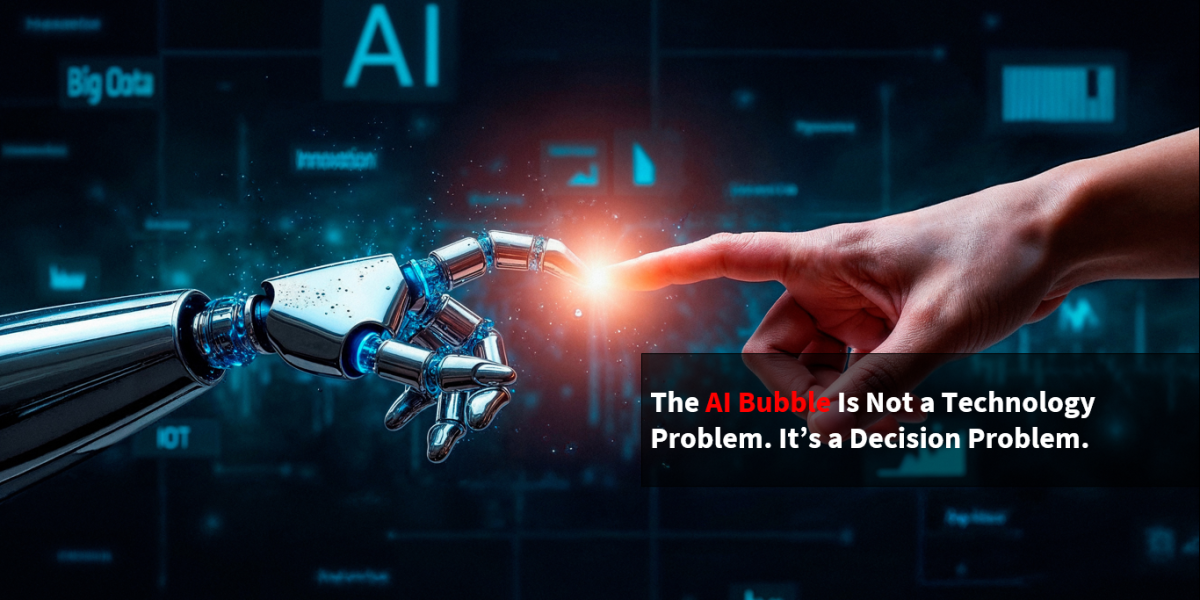Several businesses across multiple industries are leveraging Intelligent Process Automation (IPA) to automate the vast majority of their processes in an attempt to boost efficiency and optimize costs. It is in this regard that hyperautomation is projected to become a key constituent for businesses in the near future. This spans industries such as hospitality management, shared services, health, real estate, BFSI and more.
Automating highly-repetitive, data-intensive processes provides a number of benefits that can give your business a competitive edge for long-term success. Research by Gartner indicates that by 2022, 65% of organizations will introduce IPA. Hyperautomation is imperative for modern enterprises enabling a digital transformation for greater efficiency and better business outcomes. Many companies who have adopted this technology have reaped triple digit ROI fairly quickly. The hyperautomation market is expected to exceed $23 billion by 2027 growing atan annual CAGR of 19% from 2019.
IPA Drives Hyperautomation
Intelligent Process Automation (IPA) that enables hyperautomation harnesses the power of Artificial Intelligent (AI) and Robotic Process Automation (RPA). Other underlying technologies include Machine Learning (ML), Natural Language Process (NLP), process mining, data analytics and more.
Thus IPA solutions enhance a company’s ability to hyperautomate workflows and other business processes; hyperautomation essentially means end-to-end automation. The synergy of IPA’s component technologies is what enables hyperautomation, which elevates the concept of intelligent automation to new heights.
Digital Transformation Thanks to Hyperautomation
IPA solutions can create a bigger impact when implemented enterprise-wide than typical run-of-the-mill automation, or old-school RPA automation ever could. The latter primarily affects a specific function or process and RPA cannot handle unstructured content. Processing unstructured content is a challenge for nearly 90% of businesses and the volume is growing at 50-60% annually. The AI component of IPA that can process high volumes of unstructured content and documents with ease is one of the factors contributing to adoption of IPA across industries. This functionality can handle a plethora of tasks in tandem with the other components of IPA, automating:
- intelligent email responses and customer support
- check processing
- quote processing
- bank reconciliation
- accounts receivable management
- accounts payable management
These are just some of the applications of IPA. Moreover, the user-friendly nature of modern IPA solutions that don’t require specialist knowledge to manage and run are paving the way for easier adoption of democratized IPA for enterprises of all sizes.
When you implement IPA for hyperautomation you can rest assured that every phase of the automated process is backed up by reliable support. In addition to this your organization will also be gain the ability to scale on-demand. You can use the solution to assess and analyze specific business processes and prioritize them as required. Hyperautomation can drive tremendous efficiency while reducing operational costs.
More importantly, hyperautomation provides a digital transformation at the enterprise level, engaging all roles and supporting them by automating increasingly complex tasks. It enables a more intelligent mode of operations for better business outcomes that favors long-term success.
Any business that is trying to differentiate themselves in a post-pandemic era would do well to consider intelligent automation as a potential solution. Rapid ROI, better business outcomes and more efficient operations have created a high demand for IPA across the globe. Thus, businesses are reaching out to various IPA partners to generate and roll out a variety of IPA-based solutions that cater to their unique use cases.
At the start of the decade Gartner cited the term hyperautomation and ranked it number one as a strategic technology trend. The merit was based on the fact that no single technological tool exists that can carry out all the functions of a human being, which is why hyperautomation stands out.
Gartner has observed that one result of implementing hyperautomation, although not its primary purpose, is the creation of a digital twin of an organization. This twin can then be used as a draft to study and visualize core functions, processes and key performance indicators. In this manner the digital replica becomes an indispensable component of the hyperautomation process by generating real-time intelligence surrounding the organization.
Three Key Steps for an Organization Considering Hyperautomation
1. Collaborate Across The Enterprise
The adoption of hyperautomation is easier with the collaboration of the entire organizational workforce as a whole. By doing so it is also easier to avoid pitfalls and other mistakes that might have been overlooked had the entire team not been involved. By engaging the IT department, security and assurance function into the process can speed up the process of adopting hyperautomation as an integral part of the business.
2. Broaden Your Horizons
Orchestrate your hyperautomation journey to encompass business functions that are spread out and diverse. In this way you can map out various use cases that optimize processes leveraging IPA solutions through intelligent platform-as-a-service (PaaS) and bot-as-a-service depending on your organization’s specific needs. This is the best way to successfully influence a widespread impact on your enterprise.
3. Avoid The Hype
Paying attention to the IPA solution provider’s ability to meet your organization’s objectives is crucial. Most often when newly integrating IPA solutions for hyperautomation business leaders getting lost in the hype surrounding this innovative technology. Pick a partner with a proven track record who can cater to your particular use case.
Take a look at these Top 5 Hyperautomation Trends to Look Out for in 2021 and gain inspiration by Understanding the Full Impact of IPA for Businesses.
Learn how Harnessing Intelligent Automation for a Robust Enterprise in the Face of Uncertainty can benefit your company.
If you’d like to explore opportunities where your business can benefit from IPA implementations for hyperautomation, the Rapid Acceleration Partners team would be glad to help. Our next-gen, AI-powered content intelligence platform RAPFlow enables full lifecycle AI orchestration on a single platform. When used in tandem with our RPA tool RAPBot, it provides end-to-end workflow automation capabilities that can be deployed in just weeks. You can even build your own use case and the platform can easily integrate with your existing systems. Book a demo to get a more detailed understanding of how our products can transform your business.




